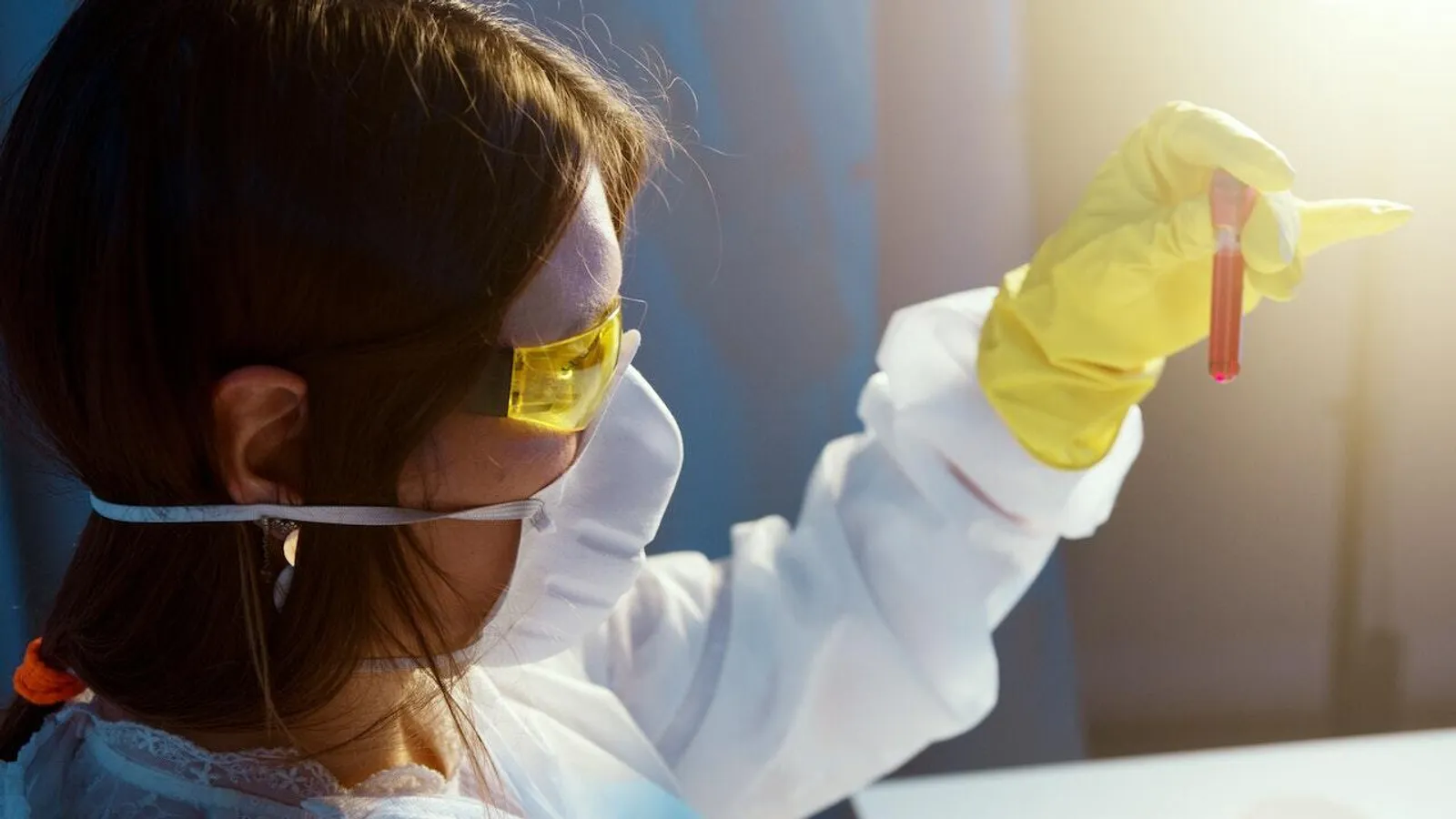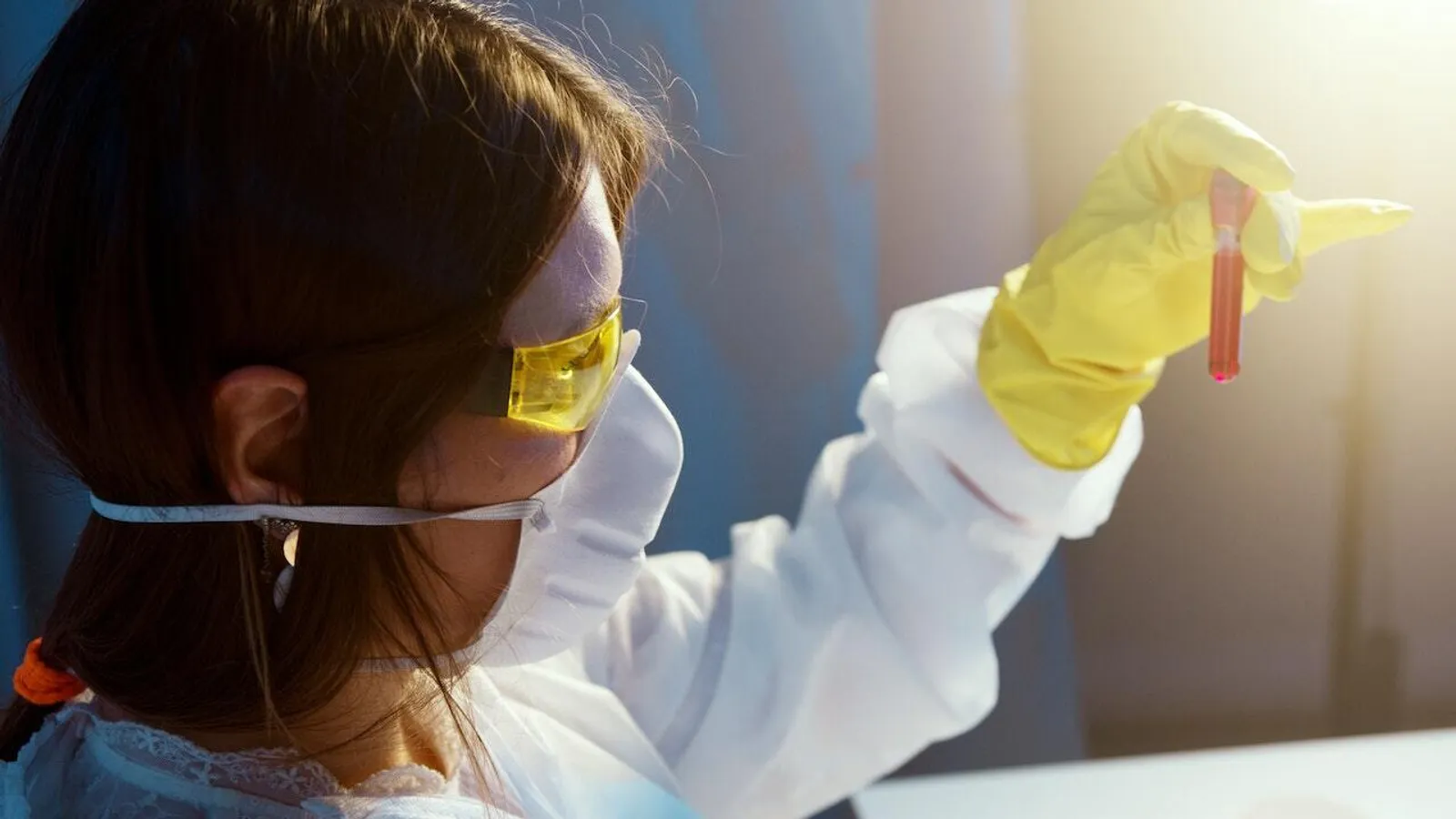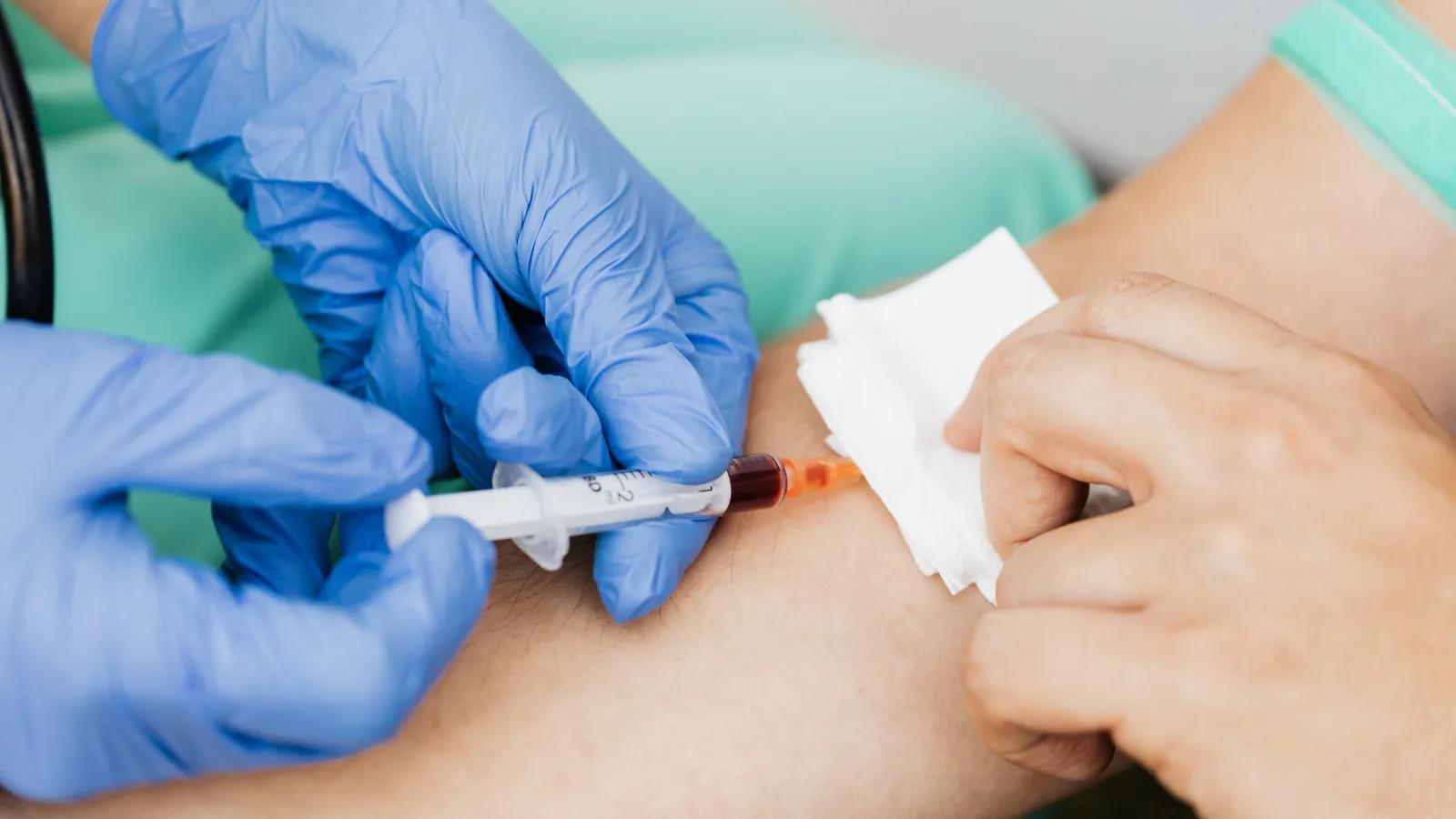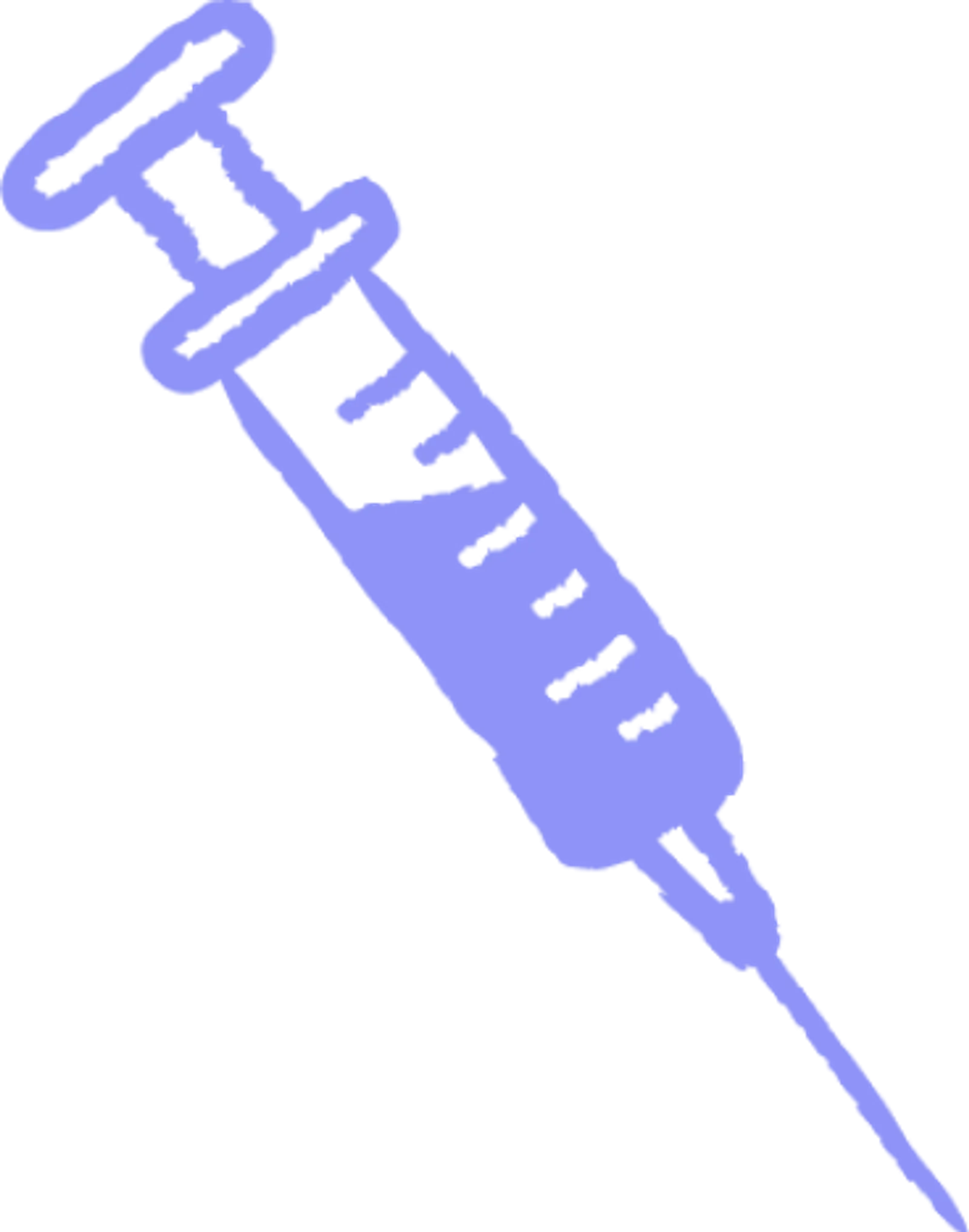Plasma 101
Who: Eligible donors between 18 and 63 can earn up to $560 a month in NY and up to $770 a month in FL.
What: Plasma is the yellow part of your blood that replenishes naturally.
Where: Queens, Brooklyn, The Bronx (NY), and Ft. Pierce (FL).
Why: Get paid to donate and help treat bleeding disorders, immune deficiencies, and more.
When: No appointment needed—walk in anytime before closing.
The Power of Plasma in Immunity: Antibodies

If you ask anyone what blood plasma (or ‘white blood cells’, as plasma is a type of white blood cell) do, the chances are high they’ll tell you they’re important for fighting infections and disease. It’s common knowledge that plasma is vital in protecting the body from pathogens and other harmful agents, especially if you’re a plasma donor.
So exactly what role does plasma play in our bodies’ immunity? We find out more in this article.
The Role of Plasma in Immunity
Plasma makes up the majority of the whole blood volume at about 55%. Of this exclusive plasma volume, approximately 38% is composed of a type of plasma protein called globulins. One of the three types of globulins is called gamma globulins, and it is this that is concerned with immunity.
Gamma globulins are also called immunoglobins or antibodies. These are produced by a type of white blood cell called a B cell. Their primary function in the body is identifying and neutralizing pathogens and other potential threats to the system. Gamma globulins are critical in the daily functioning and protection of the body. If you can’t naturally produce them to the levels needed, your health can be put at serious risk. That’s why plasma donation is so important.
One of the key applications of plasma is to boost the immunity of patients who cannot produce enough healthy gamma globulins of their own. Immune deficiencies that cause disorders and deficiencies like X-linked agammaglobulinemia and hyper IgM syndrome can be managed with plasma injections rich in gamma globulins.
Gamma globulin infusions can also treat immunological diseases. In cases of idiopathic thrombocytopenia purpura (ITP), plasma infusions are known to affect the spleen to ignore antibody-tagged platelets, thus ignoring them instead of attacking them and therefore allowing platelets to survive and function at healthy levels.
In kidney transplants, platelet-rich plasma donations can be used to render donors and recipients compatible and facilitate transplantation regardless of blood type.

Understanding Antibodies in Plasma
Antibodies are broken down into five different types, each playing its own role in the body’s immune response. When pathogens enter the body, antibodies identify them by their antigens, distinct molecules on their surface. Each antibody can attach to a different type of antigen, binding to it via a fitted molecular shape. This is so the pathogen can be destroyed, either directly by the antibody attached to it or through being tagged so that other antibodies can recognize and neutralize it.
Here’s a breakdown of the role each type plays.
IgG
This is the most prevalent type of antibody found in the plasma, accounting for between 70% and 80% of the whole blood’s total antibodies. IgG antibodies are highly versatile, capable of all the functions and activities of other types of antibodies, with the ability to bind to many different types of pathogens to fight them.
IgG is the only antibody capable of passing from mother to child via the placenta, offering protection from neonatal infectious pathogens.
IgM
In the initial stages of exposure to an antigen, IgM is deployed. It plays a key role in slowing the spread of a pathogen in the body. IgM is much larger than IgG, allowing it to agglutinate pathogens. This means it can clump them together like a flocculant, preventing them from spreading throughout the body.
Limiting the spread of pathogens, IgM also tags them for destruction. These actions assist in keeping a threat at bay while the immune system creates specific IgG antibodies needed to neutralize it.
IgA
IgA is produced by B cells in the plasma and deployed to areas of the body that are exposed to the outside environment. It is found in tears, saliva, breast milk, and mucosal tissues such as those found in the intestines, mouth, and vagina. As such, it acts as a first line of defense against infection. IgA is tasked with preventing pathogens from establishing themselves within the body.
Binding to pathogens, IgA prevents them from attaching to the epithelium (the lining of the body’s tissues), tagging them for destruction so that any that get past this first line can be identified and dealt with by other antibodies.
IgD
The most elusive of antibodies, IgD, is found in trace amounts in plasma. IgD does not actively move throughout the body to tag antigens, unlike other antibodies. Instead, it binds to B cells and is thought to instigate and regulate the immune response by activating and suppressing it according to the body's needs. For example, IgD initiates IgM to begin its defense response.
Though IgD is involved in the essential starting and stopping of the immune response, we’re still working to understand it more. It is thought to affect allergic reactions and defend against respiratory pathogens.
IgE
This antibody is scarce compared to others, but its role is just as important. Prevalent in the lungs, mucosal membranes, and skin, IgE is concerned with allergic reactions in the body. Symptoms such as coughing, sneezing, and inflammation result from IgE at work.
This antibody binds to allergens and triggers white blood cells called mast cells and basophils to trigger the release of agents like histamine.

The Importance of Plasma in Fighting Infections
Plasma plays a pivotal role in fighting infection. From the first line of defense, seeing off pathogens at entry points to the body, to passing vital antibodies to fetuses in the womb to create their own defenses before coming into the world, we owe our existence and survival to immunoglobins in plasma.
Among other things, plasma fights infection by:
Acting as a vessel to transport antibodies around the body wherever needed.
Enhancing antibodies’ effectiveness by leveraging the complement system (which assists the body with the correct responses to different types of pathogens).
Bringing essential nutrients, fluids, hormones, and other agents to areas of the body where they’re needed to assist antibodies in fighting infection.
Facilitating blood clotting to produce natural barriers in open wounds that prevent pathogens from entering the body.
If you want to help individuals who can’t produce their own life-saving immunoglobins, consider donating plasma. You’ll be helping someone live the life they want to, and you can even get paid for doing so. Find your nearest plasma donation center, or check out our blog for more information on how plasma donation helps those in need.
















